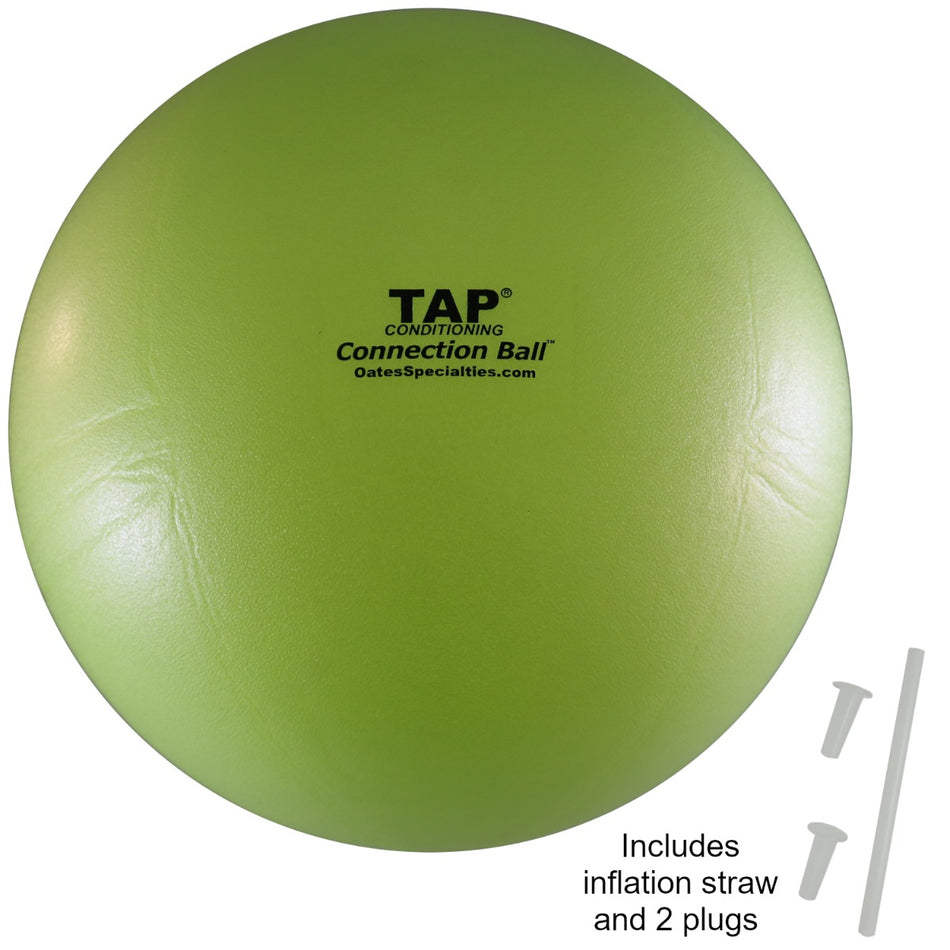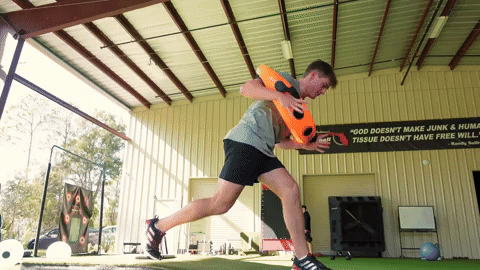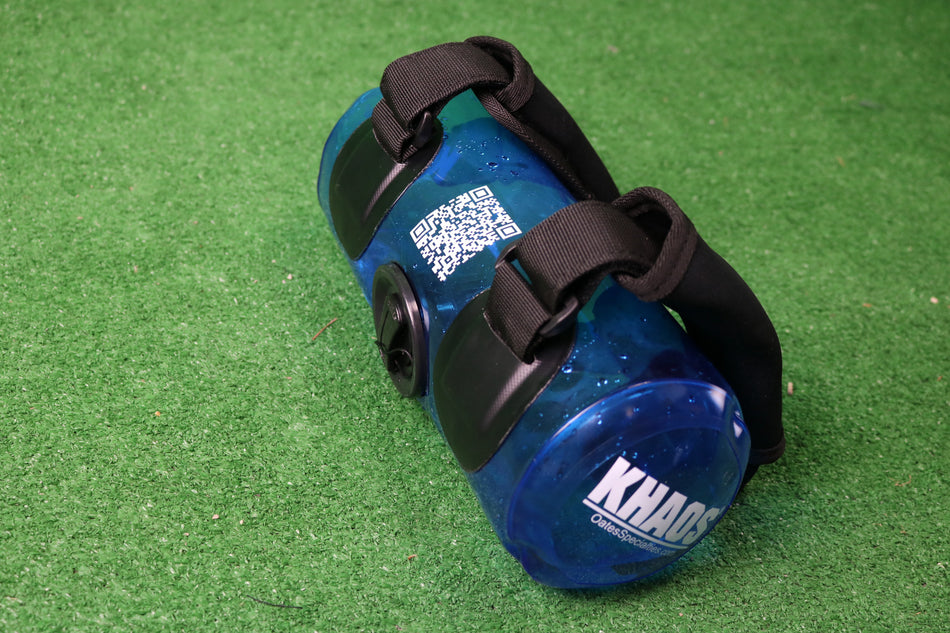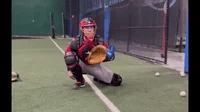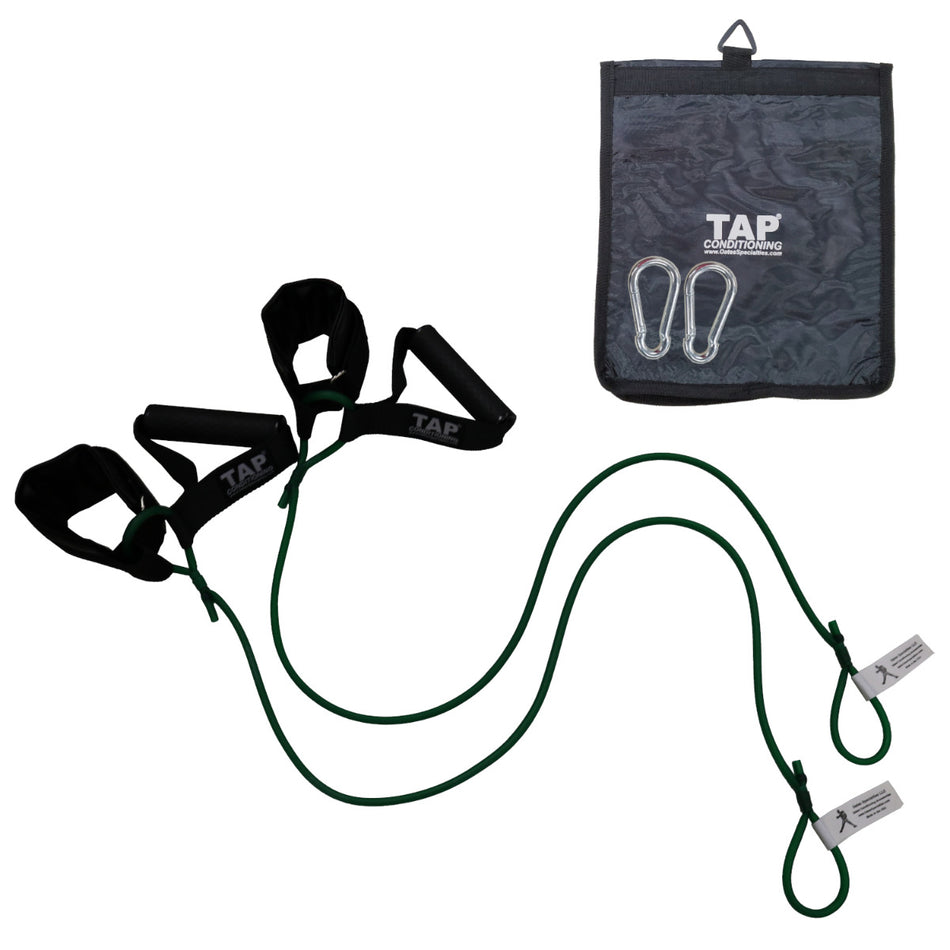Last week I wrote about the routine I followed during the season to help keep my arm healthy and feeling fresh. However, there is more to arm care than in-season work aimed to help a player recover between games and stay off the disabled list. As many players and coaches finish up their seasons I wanted to address some off-season exercises that specifically focus on strengthening the arm and shoulder.
During the off-season players and coaches do not have to worry about the stress and work load which accompanies many innings on the mound during a season. Instead they can train harder and concentrate on building muscle and strengthening the tendons and ligaments throughout the arm and shoulder region. There are numerous exercises which can accomplish this goal but the ones I'm going to discuss today are the ones I really found helpful during my playing days.
I began using large diameter ropes during my senior season in college and I immediately recognized the benefits it provided to me as a pitcher. They soon became one of the critical components of my off-season work. The ropes provide a tremendous workout as they target the core, grip strength, and most importantly the back and shoulders. All you have to do is stand behind an athlete as he/she uses the ropes and you are able to see how engaged the shoulder complex is. I used the ropes 3 times a week for short duration, high intensity workouts (12 seconds or less) and I could see the difference in my shoulders and scapula.
Before heading to Spring Training I ran into a Major League pitcher for the Toronto Blue Jays whom I hadn't seen since the very beginning of the off-season and he made numerous comments on how broad my shoulders had become as well as my back looked larger than he had ever seen it. He wanted to know what I had been doing to gain this muscle and after I talked to him about the ropes and their purpose he actually ended up buying one for himself. Normally, as a pitcher I would not want to add upper body bulk to my frame as it might affect my arm action and looseness. But this mostly applies to adding muscle to the arms and chest, not the scapula and back. The muscles in your back are your decelerators (your brakes) and they need to be strong to keep you from breaking down.
Speed Chains are another great arm strengthening tool. The Rotator Cuff and Throwing Chains are both designed to strengthen the muscles in your forearms and shoulder. The Rotator Cuff Speed Chain allows the athlete to perform fast, dynamic movements from arm circles to waves which help strengthen the arm. The Throwing Chain is sport specific so the athlete can simulate their throwing motion close to game speed. The chains closest to the athlete are small and light, enabling the athlete to move his arm extremely fast, while the weight at the end of the chain is quite heavy giving the user a unique feel of being able to move very quickly yet still feeling a good deal of weight. The end result is that the athlete is able to strengthen the muscles used during the throwing motion while still training at high rates of speed.
Another strengthening tool which is throwing specific is the Super Pro. This device is designed specifically to strengthen the forearm and wrist while increasing flexibility and range of motion. It has an adjustable weight so depending on the your strength you can make it heavier or lighter. I began using the Super Pro after I sprained my Ulnar Collateral Ligament in my elbow. I used it at the time as a rehabilitation device but it is also great for prehab to keep players from injuring their elbow in the first place. The most common exercises with the Super Pro are supination, pronation, and flexion exercises. After I used it extensively I could tell the strength in my forearm and elbow had improved.
The last strength device I am going to mention today which I really feel is beneficial to throwing athletes are the gymnastic rings. These rings are extremely versatile in several ways. For one, you can hang them from any bar or beam that can support your body weight. I've used them hanging from soccer goals, field goal posts, batting cages, and in dugouts. The other versatile aspect of the rings are the fact they have adjustable clasps which allow for athletes to change the height of the rings. This enables users to switch from pull-ups, to push-ups, to dips, to reverse rows, etc. It is possible to target every major upper body muscle group as well as the core with these gym rings.
In addition to its versatility, performing exercises on the gymnastic rings are superior to using a pull-bar or doing push-ups on the ground because of the amount of stability required by the athlete when using the rings. Because the rings are hanging from individual straps, the athlete must not only perform the exercise but also keep the ring in place while going through the range of motion. This allows all of the muscles in the shoulder girdle to stay engaged while performing the movements.
The first time I was introduced to the gymnastic rings I couldn't keep my arms from shaking as I did a pushup because my shoulders were having a hard time stabilizing my body. I soon realized how much more work this required than doing a push-up on the ground and from that point on I always used rings when doing body weight activities. The stability factor involved with the gymnastic rings will help to strengthen the many small muscles that make up your shoulder while performing exercises which target the major muscle groups. Since it is these small muscles that normally break down on a pitcher during a season I knew it was a great exercise to help strengthening them.
Each of these exercises made up a different piece of the puzzle for my off-season arm care and strengthening program. I know that these exercises helped keep me injury free as I did not miss a single game from the time I added these activities into my routine. I would encourage you to try some of these products, or something similar, to help prepare you or your athletes for next season.
Until next time,
Brian Oates
Brian@Oatesspecialties.com


